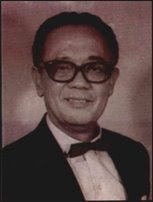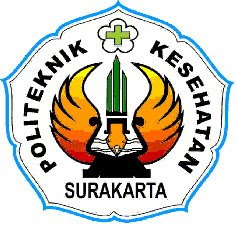New Applications of CAD/CAM
By Judith Phillips Otto
Alley
The integration of computer aided design and manufacturing (CAD/CAM) has been around for five decades. The technology, which was originally developed in the mid-1950s for use in the U.S. military, quickly spread to use by the automotive industry. As the technology grew in sophistication, so did its applications. Today, CAD/CAM technology is being used to manufacture everything from fine china and jet propulsion systems to-you guessed it-orthotic and prosthetic devices. Patients are already benefiting from digitally designed and created cranial helmets, AFOs, and multiple other orthotic applications, all or most of which have been made possible by the laser scanner, which has changed the way shapes are captured and enabled immense progress in the ways O&P practitioners are able to care for their patients.
New developments in CAD/ CAM continue to dazzle us as they debut. Chief among those, according to Randy Alley, BSc, CP, CFT, FAAOP, are contributions to upper-limb design. Alley is chair of the American Academy of Orthotists and Prosthetists (the Academy) CAD/CAM Society, which recently provided templates for the newer upper-limb interface designs to the industry's leading CAD/CAM providers.
Body jakcet design. Photograph courtesy of Vorum Research Corporation.
Despite the impressive and growing array of CAD/CAM capabilities, innovations are not being embraced and utilized as universally as one might expect-an issue that Alley aims to address. The problem is not that amazing capabilities aren't available to the industry, but rather that many potential users aren't aware of or can't afford them. Alley has developed a four-step plan to spread the CAD/CAM gospel to more who might benefit from its use:
Education : Compile an easily understood and readily accessible directory detailing which CAD/CAM capabilities are currently available from which systems, who is providing them, and what they cost. Alley's goal is the development of a website that can be easily updated with the latest developments in the field as they are introduced.
Reimbursement : Justify increased reimbursements for CAD/CAM use. "If we can show that there are improved outcomes because of CAD/CAM, then I think there's a strong argument that it should be reimbursable," Alley says.
L-Codes : Assist with the assignment of L-Codes to identifiable and quantifiable CAD/CAM processes, such as the use of imaging devices, templates, digital exchange of information, and incremental changes in volume by percentages. "All those things are definable," Alley says. "We just have to make the effort to do so."
CAD/CAM Society Membership : Increased membership in the society will increase awareness as well as the society treasury, thereby enabling faster progress toward the above-mentioned goals.
08 September, 2008
Langganan:
Posting Komentar (Atom)



















Tidak ada komentar:
Posting Komentar